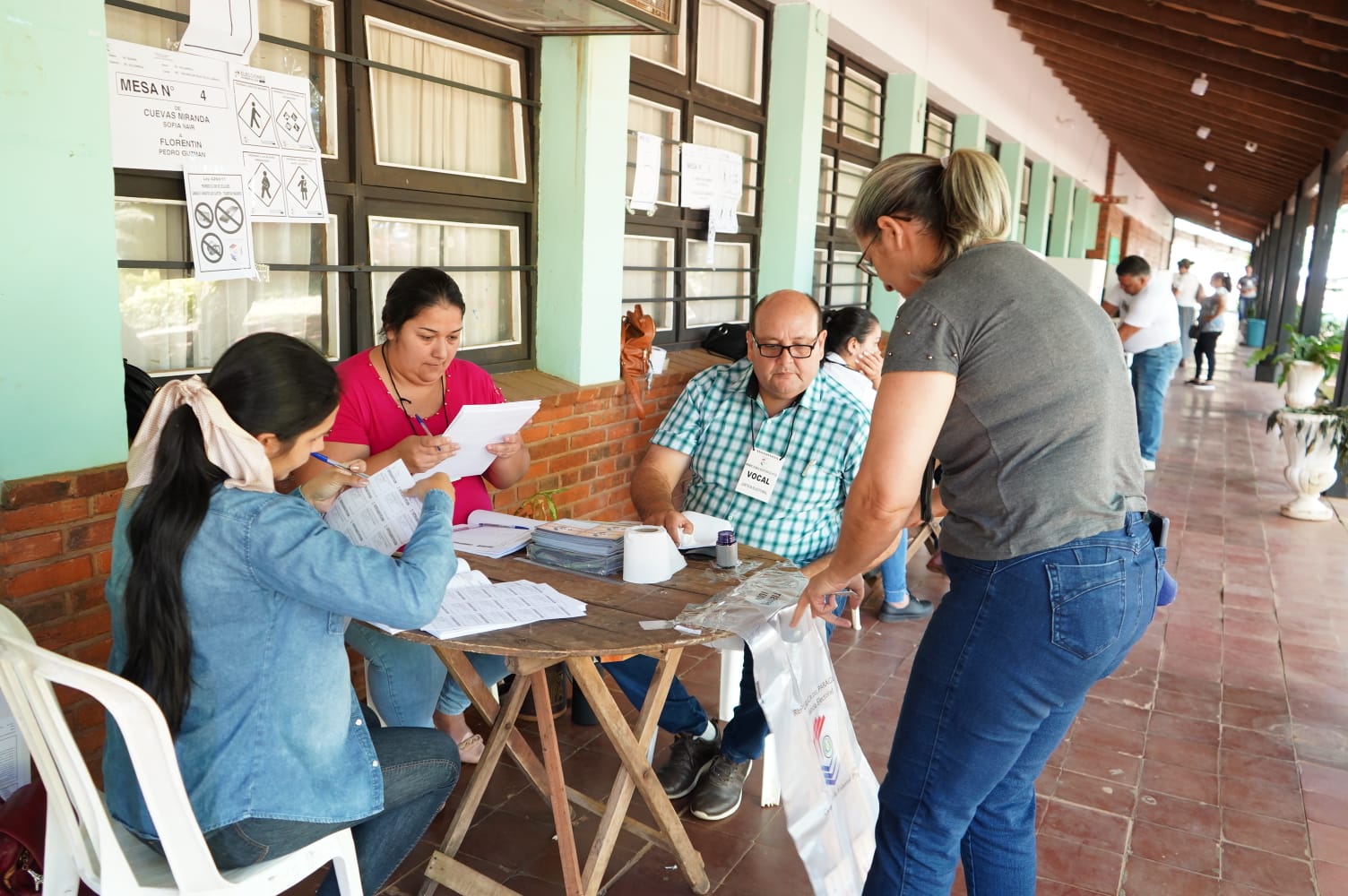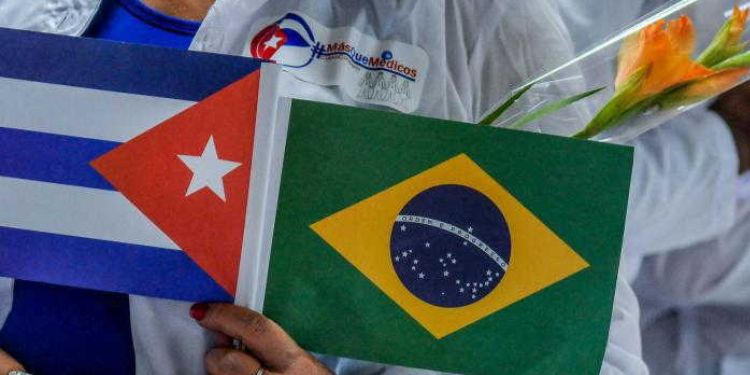Since last January 1, the Franz Mayer Museum has a new general director in the figure of the restorer and cultural manager Giovana Jaspersen García, who was Secretary of Culture of Jalisco between 2019 and 2021 and who, in an interview with this newspaper in that context , pointed out the need to reconsider the social function of cultural institutions, to look into perspective what a museum is for today, because, he said then, “the museum can no longer be a showcase.”
The Economist meets with Jaspersen García a couple of weeks after taking office and leading the first work meetings, the most recent, with the Embassy of the Netherlands to talk about strengthening their relations beyond the emblematic exhibition of the World Press Photo, which this museum receives every year.
The director says that her professional relationship with Franz Mayer has a past. “The Franz Mayer was one of the first spaces in Mexico that began to do air washing, which at the conservation level was a great milestone. They brought us in the first semester (of the Conservation degree), I perfectly remember entering the space and feeling the change in temperature, the shelter, the sound of the stave, the smell of the rooms, and saying: I want to work here”.
Thus, in 2009 he joined the Museum’s Conservation and Restoration Workshop and collaborated in the management of temporary exhibition pieces.
Due to the above, he emphasizes, taking the general direction of the venue is the closing of a virtuous circle and the opportunity to work directly on that institutional rethinking necessary for culture.
What possibilities does Franz Mayer have for the growth and recovery of its audiences?
The great strength of Franz Mayer, he points out, “is that there is no uncertainty. It is a healthy and transparent institution that also has a very particular governance model and where we cannot lose sight of issues such as sustainability”.
For its economic operation, the Franz Mayer Museum draws on three sources of income. One is the Franz Mayer-Banco de México Cultural Trust, through which the venue can receive donations of public or private resources.
The second, although the most important, he explains, are self-generated resources. “The fact that a person decides to have a coffee at Franz Mayer, buy an object in the store or even park in our parking lot when they come to the Historic Center, allows us to have quality in our program.”
Finally, he indicates, the third source of resources is the one that comes from sponsorships and institutional alliances. And Jaspersen anticipates that he will put special dedication to it.
on the road to recovery
Almost three years after the outbreak of the pandemic, according to data from the Inegi’s Satellite Account for Culture, there has been a severe reduction in public attendance at the country’s museums. This absence has put many of the public, private or mixed venues in a dilemma, since the public is the raison d’être of the spaces, not only economically but also by vocation.
The Franz Mayer Museum, reflects Jaspersen García, was no exception, but his team has been able to understand the context, rethink its processes in specific cases, and begin work to recover its community.
“We continue to depend on this third part of the budget, coming from the box office and from services, but we need to continue establishing management relationships for sponsorships. We are on a path of economic recovery after the pandemic and we believe that the calendar that we have designed for this year is very focused on it, that we return to space, that our exhibition schedule ensures that everyone always has something to see , that our audiences return with the pride of finding this place of shelter, dialogue and a very high quality expository”.
He agrees that the panorama experienced by exhibition venues in the world, in the face of new offers of cultural content at a distance, social movements, the review of historical processes and the social claim for the inclusion of vulnerable groups forces us to rethink the role in front of to your immediate community. But Jaspersen García praises the venue team in this sense:
“We always see a museum full of young people, with exhibition proposals related to new languages,” he concludes.
More about Giovana Jaspersen:
She has a degree in Furniture Restoration from the School of Conservation and Restoration of the West (ECRO), based in Guadalajara, Jalisco, and a degree in Cultural Management from the University of Guadalajara. In 2008 she was resident restorer at the INAH Oaxaca Center and in 2009 she worked in the Conservation and Restoration Workshop of the Franz Mayer Museum. Between 2010 and 2011 she had a stay at the Royal Institute of Artistic Heritage, in Brussels, Belgium. In 2012 she became coordinator of the Conservation-restoration section of the INAH Yucatán Center, and later director of the Regional Museum of Anthropology in Yucatán ‘Palacio Cantón’, from 2013 to 2018. She was Secretary of Culture of Jalisco between 2019 and 2021, position from which he resigned, as he explained, due to severe budget limitations.








